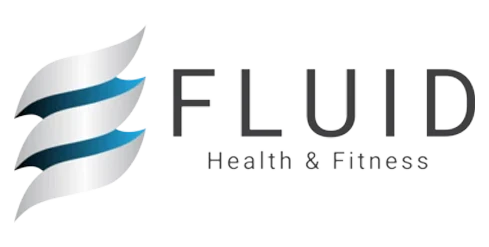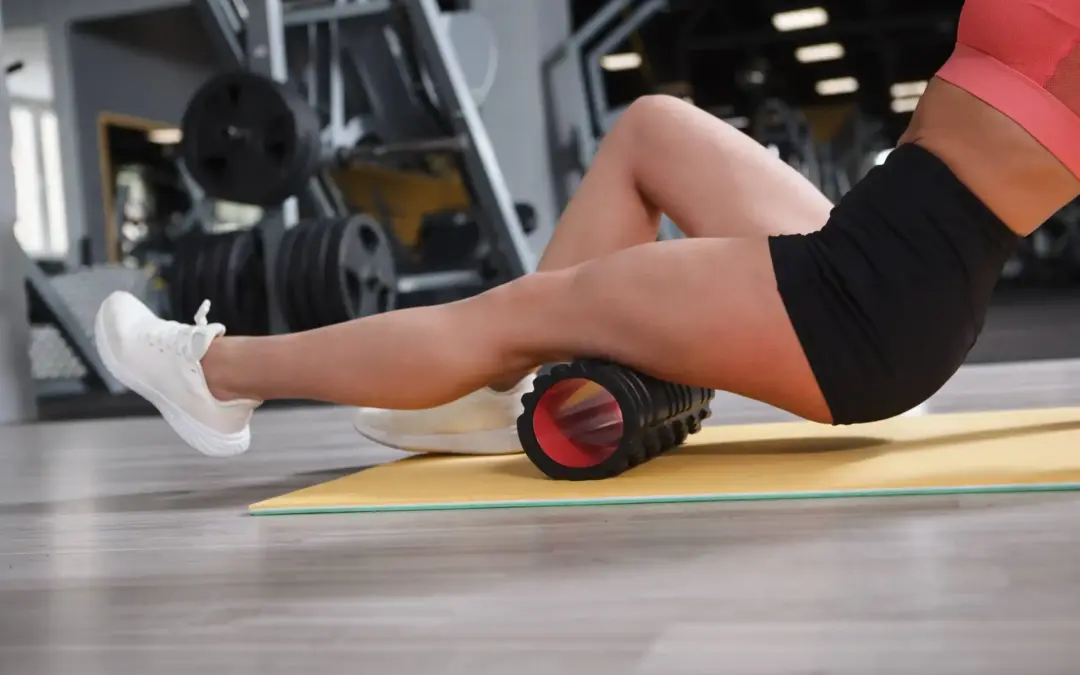
Improving mobility takes more than just traditional stretching. Effective mobility training involves combining flexibility, strength, and motor control. Here are some proven strategies:
- Static Stretching: Holding a stretch for 20-30 seconds to lengthen the muscle and improve flexibility. Best used after workouts.
- Dynamic Stretching: Moving through a range of motion repeatedly, such as leg swings or arm circles. Great for warming up.
- PNF Stretching: Proprioceptive Neuromuscular Facilitation (PNF) involves contracting a muscle, then relaxing it into a deeper stretch. It’s effective for increasing flexibility quickly.
- Self-Myofascial Release (SMR): Using tools like foam rollers, massage balls, or massage guns to release tension in muscles and fascia.
- Joint Repositioning: Techniques like traction or distraction can improve joint alignment and range of motion.
Key Terms:
- Static stretching: Holding a stretch to improve flexibility.
- Dynamic stretching: Moving through a full range of motion.
- PNF stretching: Combining contraction and relaxation for greater flexibility.
- Self-myofascial release (SMR): Using tools to release tight tissues.
- Traction and distraction: Techniques to improve joint space and motion.
Real-Life Example: If your shoulders feel tight, you might foam roll your upper back (SMR), perform shoulder circles (dynamic stretching), and follow up with a static stretch for the deltoids. This combination improves both flexibility and mobility.
Practical Applications:
- Focus on mobility exercises specific to your sport or daily activities. For example, golfers need rotational mobility, while runners need hip and ankle mobility.
- Incorporate mobility training into your warm-ups and cool-downs.
Test Your Comprehension:
- What is the purpose of PNF stretching?
- How does self-myofascial release improve mobility?
- Name one mobility strategy you can use before a workout.
Scientific References:
- Hamill, J., & Knutzen, K. (2015). “Biomechanical Basis of Human Movement.”
- Kendall, F.P., et al. (2005). “Muscles: Testing and Function with Posture and Pain.”



